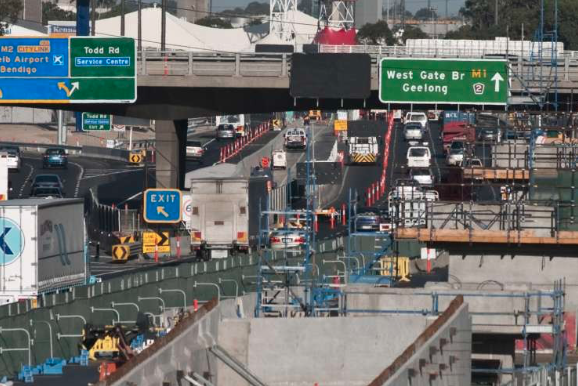Research and industry work together to create transport solutions

The world’s first urban laboratory, capable of testing and implementing emerging technologies at a large scale in complex urban environments, is now a step closer with a new partnership between Cubic Transportation Systems (CTS), a business unit of Cubic Corporation (NYSE: CUB) and the University of Melbourne.
Cubic and the University of Melbourne today signed a Memorandum of Understanding to partner on the National Connected Multimodal Transport (NCMT) Test Bed, which will deliver the first implementation of Cubic’s Surface Transport Management solution worldwide.
The NCMT Test Bed will focus on multimodal transport systems consisting of connected vehicles and roadways, connected freight and city logistics, connected public transport systems, connected pedestrians and cyclists and smart public transport points.
It will use traffic, public transport and parking data to find ways to relieve pressures created by population growth and traffic increases.
“Our transport infrastructure is under severe pressure and this is going to worsen. Governments need to make operations more efficient, while allowing customers to easily connect with all the services and infrastructure we have created,” said CTS Asia Pacific Senior Vice President and Managing Director Tom Walker.
“To achieve this, cities need to take advantage of the massive amounts of data currently at their fingertips and realise new opportunities to connect different systems and create a level of higher intelligence about the system as a whole.”
Cubic’s Surface Transport Management solution will sit at the centre of the NCMT test bed, providing an enhanced system for data usage and analysis by transport planners.
Through its cloud-based platform and unique multimodal integration capabilities Cubic’s solution can connect different systems and data sets to provide planners with a holistic real-time view of travel across the entire network.
This integration of public, private, freight and active transport information is essential in guiding strategic decisions to improve traffic patterns, reduce congestion and revolutionise city planning.
It will also enhance customer experience through providing a higher quality of information to travellers about all transport modes from one personalised account.
“We are delighted to announce our partnership with the University of Melbourne on the NCMT test bed,” Mr. Walker said.
“This project is an important step in the move towards smart, connected cities and it is only fitting that it is taking place in Melbourne – Australia’s most livable city.”
University of Melbourne School of Engineering Dean Iven Mareels said the University is keen to establish long-term partnerships with leading transport engineering solution providers.
“It is an integral part of our engagement strategy,” Professor Mareels said.
“The NCMT is an integrated platform connecting tools and enablers, which will empower governments and wider industry to examine different mobilities and transport scenarios in preparing for future smart cities,” he said.
Department of Infrastructure Engineering Professor in Transport for Smart Cities Majid Sarvi said that in the era of digital revolution, everything is inter-connected and the NCMT Test Bed for the first time allows testing connected transport in a real world and dynamic environment.
This ensures the safety and rigour of proposed solutions and the best possible real world outcomes.